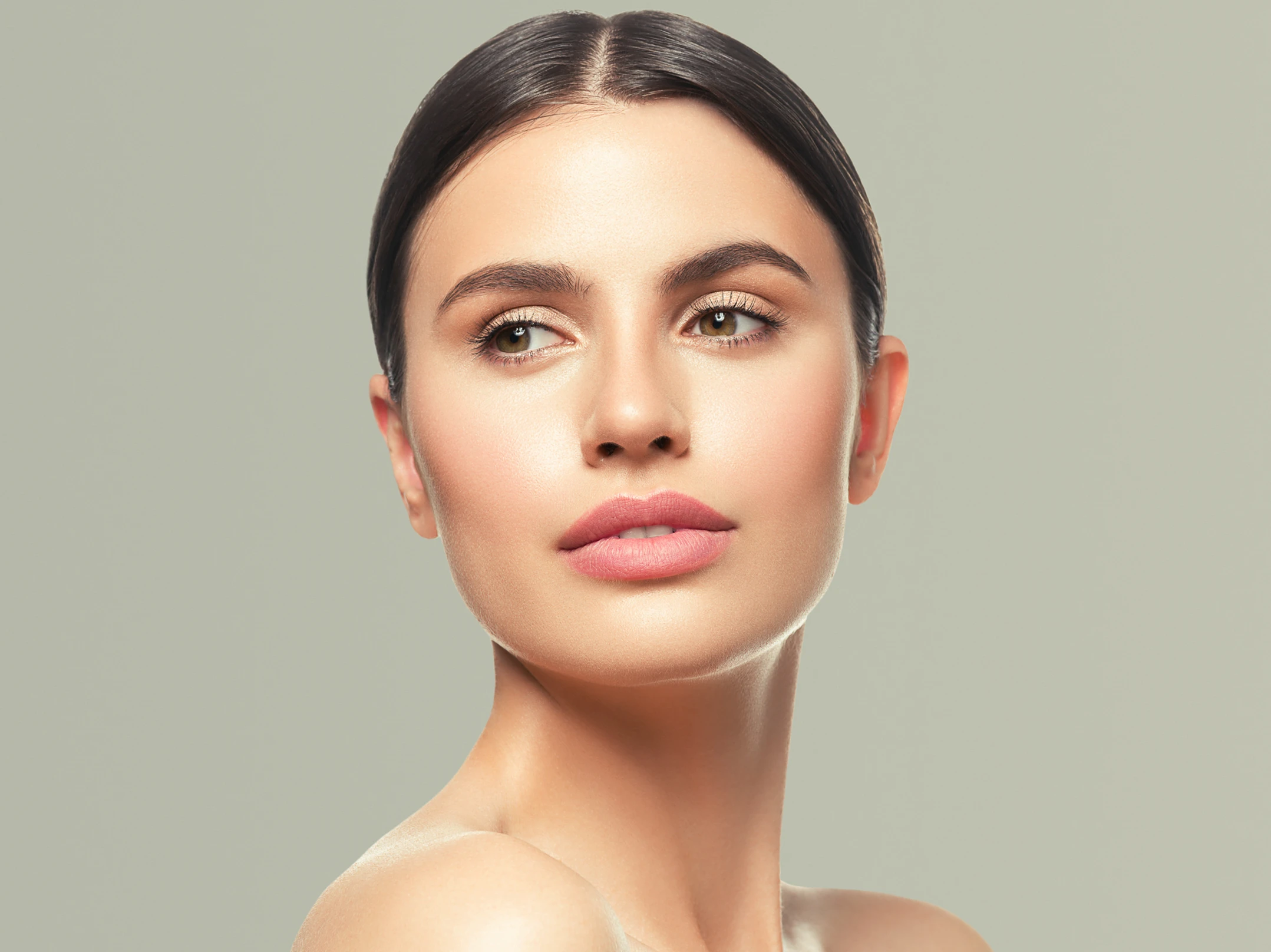The SPF in Makeup: Is It Enough for Sun Protection?
In the quest for flawless skin, many people rely on makeup that includes SPF to protect themselves from harmful UV rays. The idea is tempting: apply your foundation or primer with SPF, and you’re covered for the day. But is SPF in makeup enough to shield your skin from sun damage, or is this approach too good to be true? This detailed exploration will break down the effectiveness of SPF in makeup, how it compares to traditional sunscreens, and what you need to know to ensure your skin is fully protected.
1. Understanding SPF in Makeup
A. What Is SPF?
SPF, or Sun Protection Factor, is a measure of how well a sunscreen protects your skin from ultraviolet (UV) B rays, which are responsible for causing sunburn and contributing to skin cancer. SPF indicates the amount of time you can stay in the sun without burning compared to if you were wearing no protection.
B. SPF in Makeup Products
Many cosmetics now include SPF as a selling point, with products like foundations, powders, and primers touting various SPF levels. The inclusion of SPF in makeup offers the added benefit of daily sun protection combined with cosmetic coverage.
2. How SPF in Makeup Works
A. SPF Levels in Makeup
Makeup products that contain SPF typically range from SPF 15 to SPF 50. While this might sound like sufficient protection, there are important nuances to consider:
- SPF 15: Blocks around 93% of UVB rays.
- SPF 30: Blocks around 97% of UVB rays.
- SPF 50: Blocks about 98% of UVB rays.
B. Broad-Spectrum Protection
For comprehensive protection, makeup with SPF should be broad-spectrum, meaning it protects against both UVB and UVA rays. UVA rays penetrate deeper into the skin and are associated with aging and skin cancer.
3. The Limitations of SPF in Makeup
A. Inadequate Application
The primary limitation of relying on SPF in makeup is the amount applied. To achieve the level of SPF indicated on the product, you need to apply a generous amount. However, most people apply makeup more sparingly, which reduces the effectiveness of the SPF.
B. Inconsistent Reapplication
Sunscreen should be reapplied every two hours, particularly if you are sweating or swimming. Makeup doesn’t offer this convenience, making it challenging to maintain the same level of protection throughout the day.
C. Application Areas
Certain areas of the face, such as the eyelids and lips, might not receive sufficient coverage from makeup. These areas are particularly susceptible to sun damage and might require additional protection.
4. Comparing SPF in Makeup vs. Sunscreen
A. Sunscreen
- Coverage: Sunscreens are specifically designed to provide effective and even coverage. They come in various forms, including lotions, sprays, and gels, and are formulated to be reapplied throughout the day.
- Concentration: Sunscreens typically have higher concentrations of active ingredients like zinc oxide, titanium dioxide, or chemical UV filters, ensuring more reliable protection.
- Water Resistance: Many sunscreens are water-resistant, making them suitable for activities like swimming or sweating.
B. Makeup with SPF
- Convenience: Makeup with SPF offers a convenient way to add an extra layer of sun protection, especially for daily wear.
- Cosmetic Benefits: Provides coverage and can enhance the appearance of the skin while offering some level of sun protection.
- Supplementary Use: Best used as a supplement to regular sunscreen rather than a replacement.
5. Best Practices for Sun Protection
A. Use Sunscreen as a Base
For optimal sun protection, apply a broad-spectrum sunscreen with SPF 30 or higher as a base layer before your makeup. This ensures you’re getting effective and consistent protection.
B. Choose Makeup with SPF for Extra Protection
Incorporate makeup with SPF as an additional layer of protection. Look for products labeled as broad-spectrum and apply them evenly over your sunscreen.
C. Reapply Regularly
If you’re spending extended periods in the sun, consider using a mineral-based powder or spray with SPF for reapplication. These products can be applied over makeup without disturbing your look.
D. Protect All Exposed Areas
Don’t forget to protect other areas of your body that are exposed to the sun, such as your neck, hands, and arms. Apply sunscreen to these areas as well to ensure comprehensive protection.
E. Seek Shade and Wear Protective Clothing
In addition to sunscreen and makeup with SPF, seek shade during peak sun hours (10 a.m. to 4 p.m.) and wear protective clothing, sunglasses, and hats to minimize sun exposure.
5. Conclusion
While SPF in makeup offers an additional layer of sun protection, it should not be relied upon as your sole method of sun defense. The effectiveness of SPF in makeup can be compromised by inadequate application, inconsistent reapplication, and insufficient coverage. For the best results, use a dedicated sunscreen with a broad-spectrum SPF as your primary defense, and incorporate makeup with SPF for added protection. By combining these strategies, you can enjoy the benefits of both effective sun protection and beautiful, protected skin.





